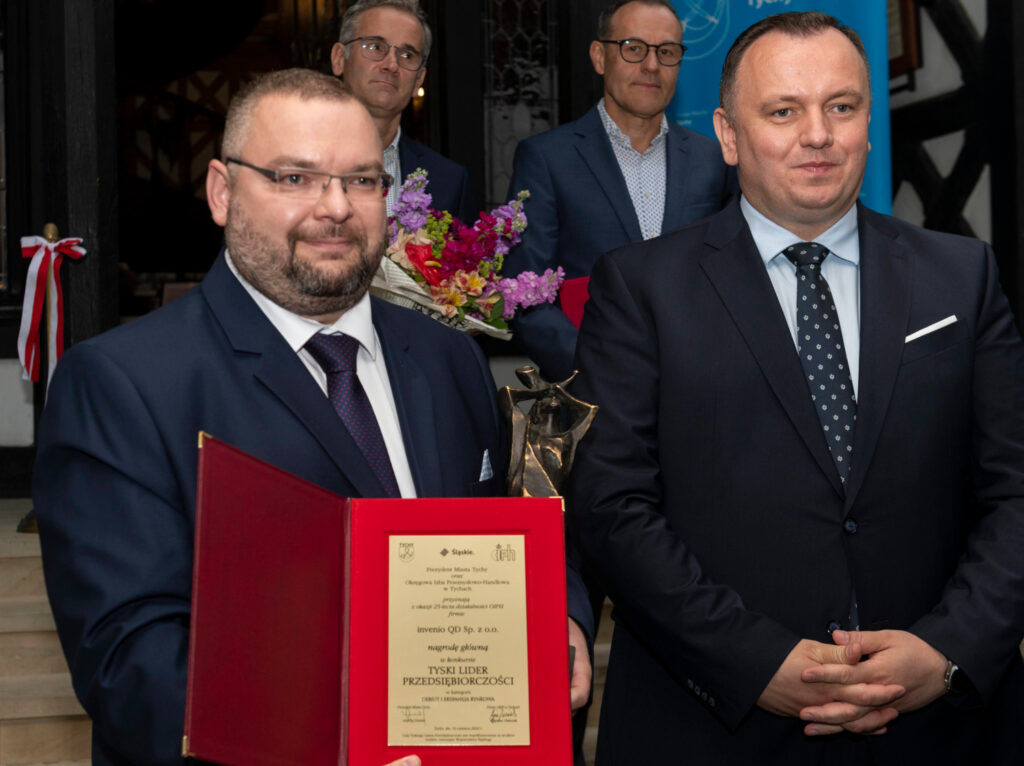Quality control of automotive parts is crucial to ensure the safety and reliability of cars. With such a complex machine, even minor shortcomings in production can lead to serious safety and quality problems.
Below I outline some quality control methods that are commonly used in the automotive industry:
1. Dimensional control – involves measuring the dimensions and tolerances of parts using measuring tools such as callipers, micrometers or height gauges. This type of inspection is particularly important for moving parts such as pistons, crankshafts and bearings.
2. Visual control – involves the manual and visual examination of parts to detect visual defects such as scratches, nicks, indentations and other surface defects. Such an inspection is of particular importance for body components, including doors, bonnet and wings.
3. Durability control – involves testing parts under operating conditions to determine their durability and strength. For example, parts such as suspension, brakes and tyres are tested for wear and fatigue resistance.
4. Endurance control – involves testing parts to determine their resistance to force and tension. This is particularly relevant for highly stressed parts, such as engine and driveline components.
5. Chemical control – consists in analysing the chemical composition of the materials from which the parts are made to ensure that they comply with standards and specifications. This type of control is carried out on materials such as aluminium alloys, stainless steel and plastics.
6. Sampling – involves random sampling of production to check the quality of a batch of products. This is extremely important in large/batch production, where it is impossible to test every part.
All these quality control methods are essential in the automotive industry to ensure the safety and reliability of cars.
Quality checks are carried out at every stage of production of all parts, from raw materials to finished products, to ensure that they meet the required standards and specifications. These checks are also carried out by independent organisations, such as invenio, to ensure that the products meet safety and quality requirements.
With technological advances, new quality control methods are being developed in the automotive industry. One of the latest developments is the use of artificial intelligence and machine learning to analyse images and data, allowing for faster and more accurate detection of defects and flaws. In addition, new testing methods are being developed, such as virtual simulation tests to investigate the behaviour of parts under extreme conditions such as collisions and crashes.
To sum up, quality control of automotive parts is key to ensure the safety and reliability of cars. There are many different quality control methods used in the automotive industry, from dimensional control to durability and chemical tests. With advances in technology, new quality control methods such as artificial intelligence and virtual simulation tests are emerging to detect defects and flaws more quickly and accurately.
Despite the progressive development of quality control technology, many factors can affect the quality of a manufactured product or service, and staff skills and expertise are needed to identify and improve them. The work of human hands and eyes is irreplaceable in the quality control process, as only they can pick up nuances that machines cannot detect. As a result, invenio often combines technology from the mechanical engineering department with human skills and competences to provide the best quality service to its customers.


